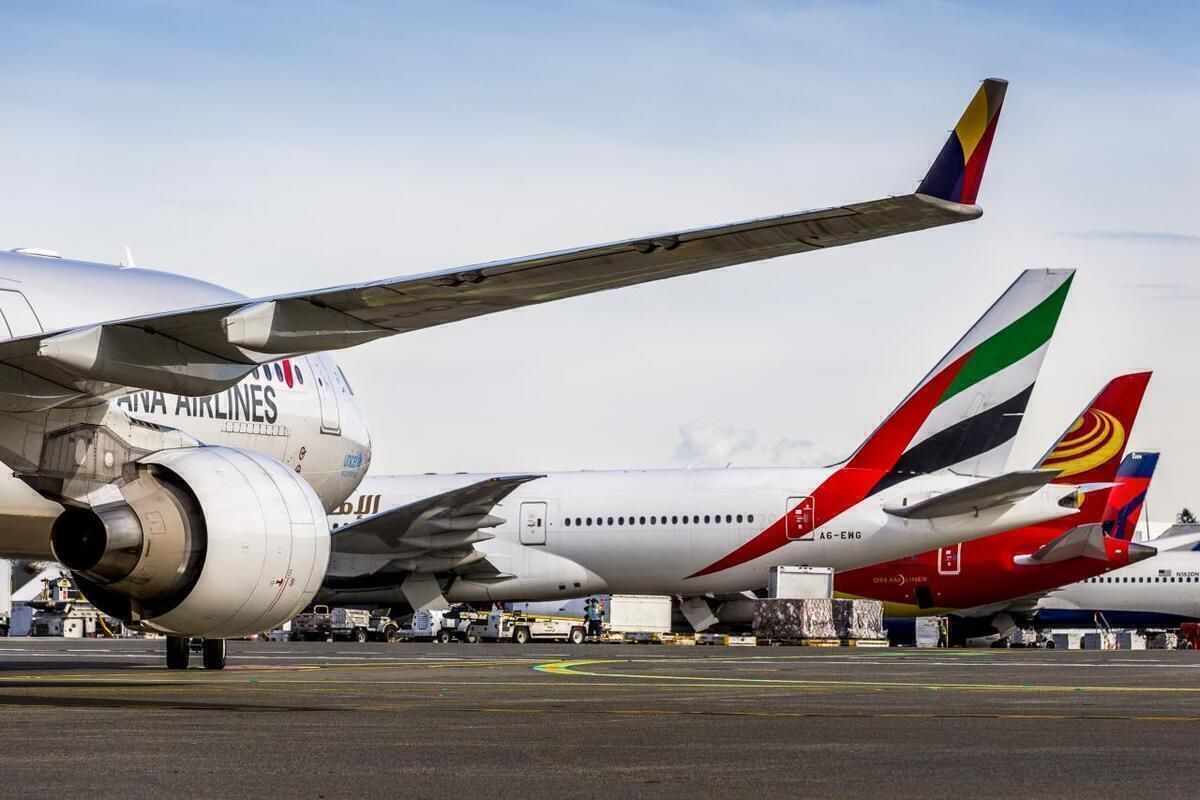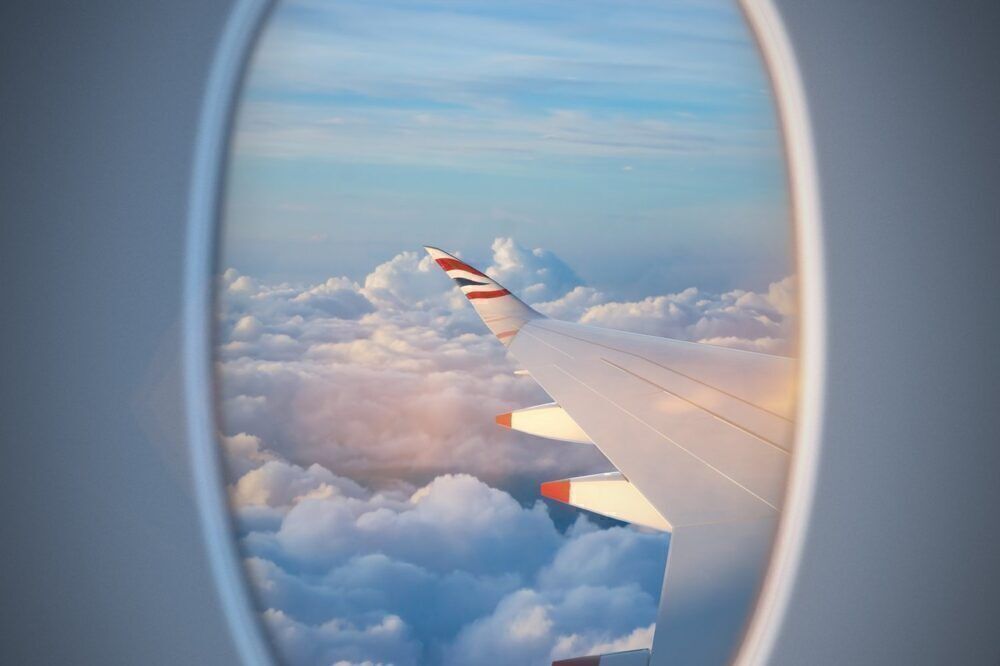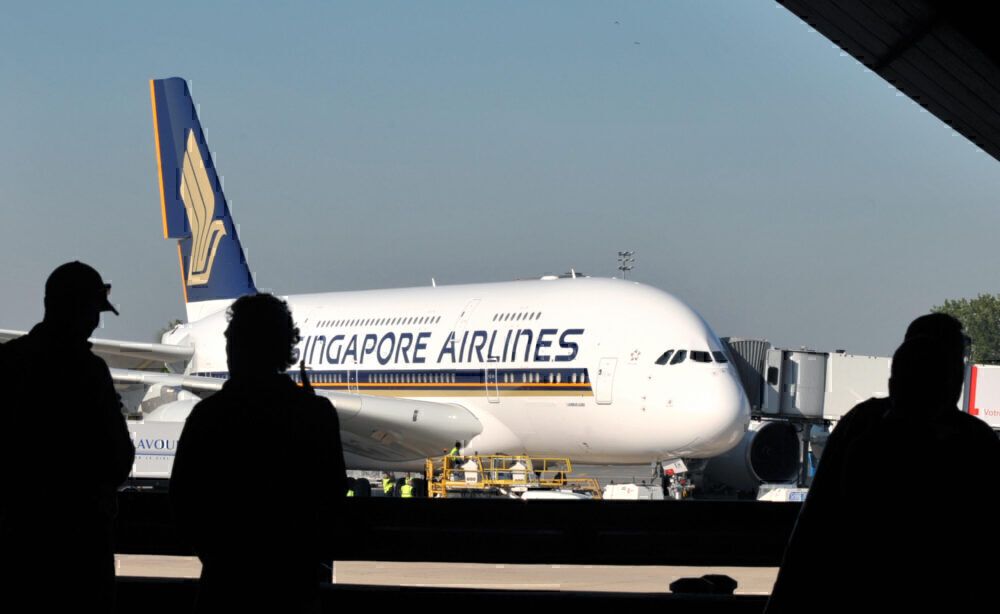On the surface, the difference between state-owned and private airlines is clear. A government wholly or partially owns state-owned airlines. Private companies, and in some cases millions of shareholders, own private airlines. But in reality, the distinction is not always so clear.
The distinction between state-owned and private airlines is not always clear
British Airways is the flag carrier of the United Kingdom. Despite that nationalistic sounding tag, British Airways is not a state-owned airline, although it once was. British Airways was privatised in the late 1980s and nowadays is wholly owned by IAG, an Anglo-Spanish airline consortium. IAG's biggest shareholder is Qatar Airways, with a 20% stake. The Qatari Government wholly owns Qatar Airways. But British Airways remains the privatised UK flag carrier.
Buenos Aires-based Aerolíneas Argentinas was a privately owned airline that became a state-owned airline. The Argentinian Government has run their flag carrier since 2008 and took 100% ownership in 2014 after years of financial turbulence. Governments will often step in and rescue struggling airlines in exchange for an ownership stake if they think doing so is in the national interest. The Italian Government taking control of embattled Alitatia is another example.
American Airlines, one of the world's biggest airlines, is an example of an airline that started out privately owned and has stayed privately owned. The United States does not have a history of state-owned airlines. Perhaps that reflects that country's culture of enterprise and free-market thinking. But when accepting state aid last year, many private United States-based airlines gave the United States Government the option of taking an equity stake in their airlines down the track.
Stay informed: Sign up for our daily and weekly aviation news digests.
State-ownership of airlines can attempt to hide behind corporate structures
Some airlines are relatively upfront about who owns them. The Gulf carriers are famously owned by their deep-pocketed governments. Many argue that gives these airlines an unfair competitive advantage. In some cases, the relationship between ownership and management becomes blurred. The airline gets treated as a private asset operating for the benefit of a few, as is the case with Saudia.
In China, state-owned companies run the big airlines there and attempt to put a veneer of distance between airline management and the owners. However, there are also big cultural differences between state-owned Gulf airlines and Chinese airlines that directly impact the management and operation of those airlines.
Singapore Airlines is an example of a state-owned airline purportedly owned by an investment company called Temasek Holdings Limited. The Singaporean Government owns Temasek, and Temasek owns Singapore Airlines. While state-owned airlines often have reputations for inefficiency and poor service, Singapore Airlines proves state-owned airlines can be well run and offer one of the best airline products around.
In some cases, determining who owns an airline isn't always so clear
Muddying the water further are those airlines that are part-owned by government and part-owned by private investors. Often they are former wholly-owned state airlines that have been partially sold off for financial or other reasons. Thai Airways is an example of this.
The New Zealand Government keeps a 52% stake in that country's flag carrier, with the remaining 48% of shares in Air New Zealand publicly traded. But Air New Zealand and Thai Airways are polar opposites when it comes to government influence on the day-to-day running of the airlines.
As these few examples suggest, ownership structures are rarely clear cut. Big institutional investors, governments hiding behind shadow companies, bailouts, and shelf companies all muddy the waters. But the takeout is it doesn't really matter. While any airline's owners need to meet the capital costs of running an airline, it is really all about airline management. A shoddy but fiscal owner can have a great airline if they are smart enough to have top quality management in place.
Do you agree management is more important than ownership when it comes to running a successful airline? Post a comment and let us know.



